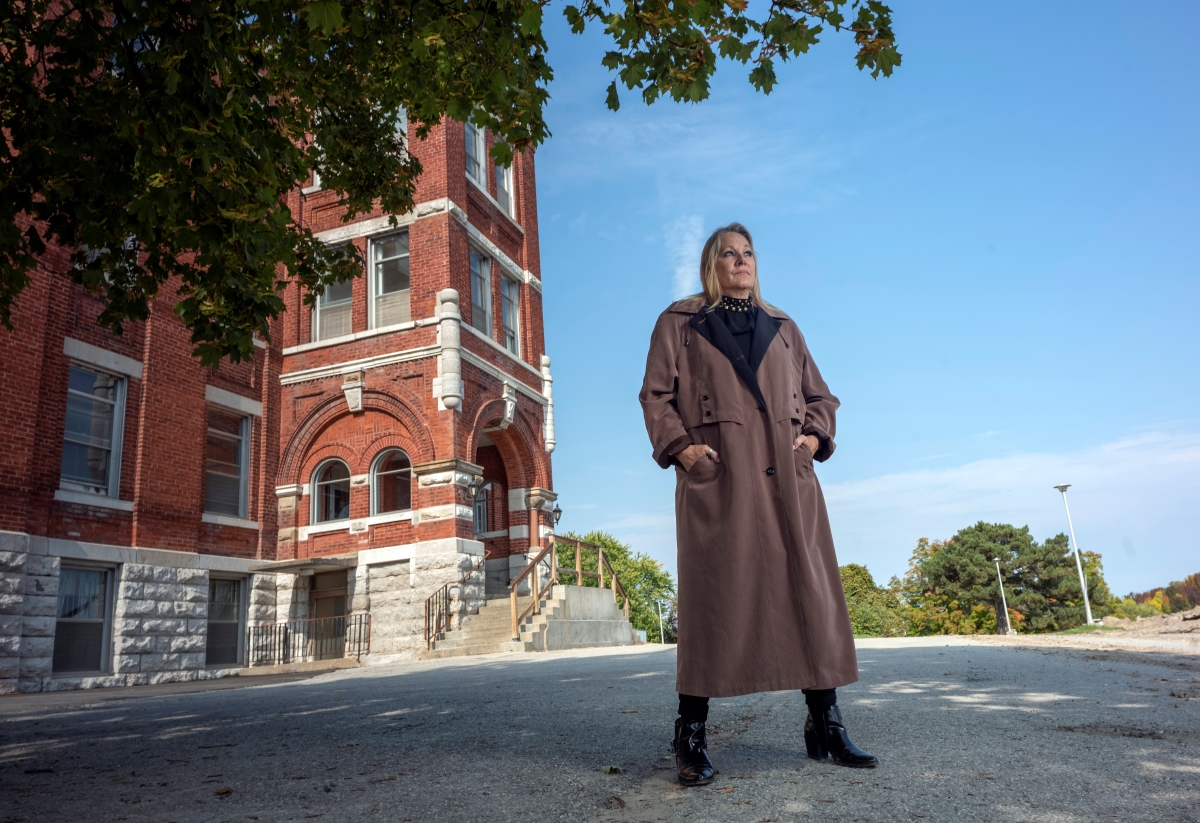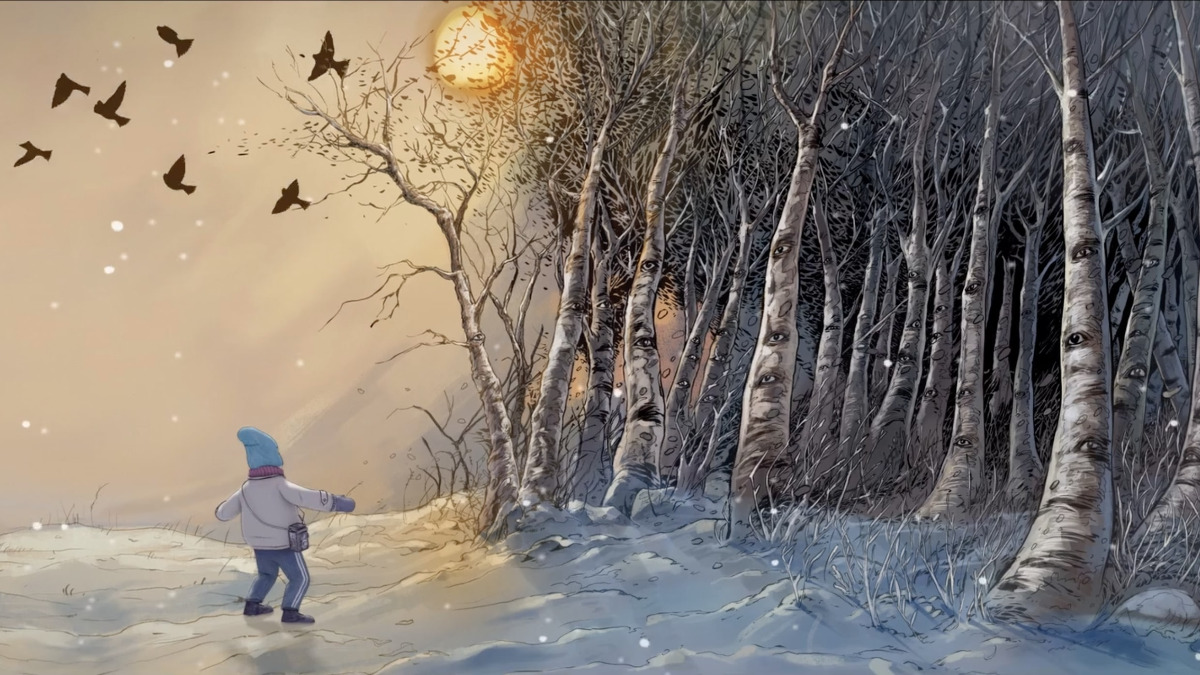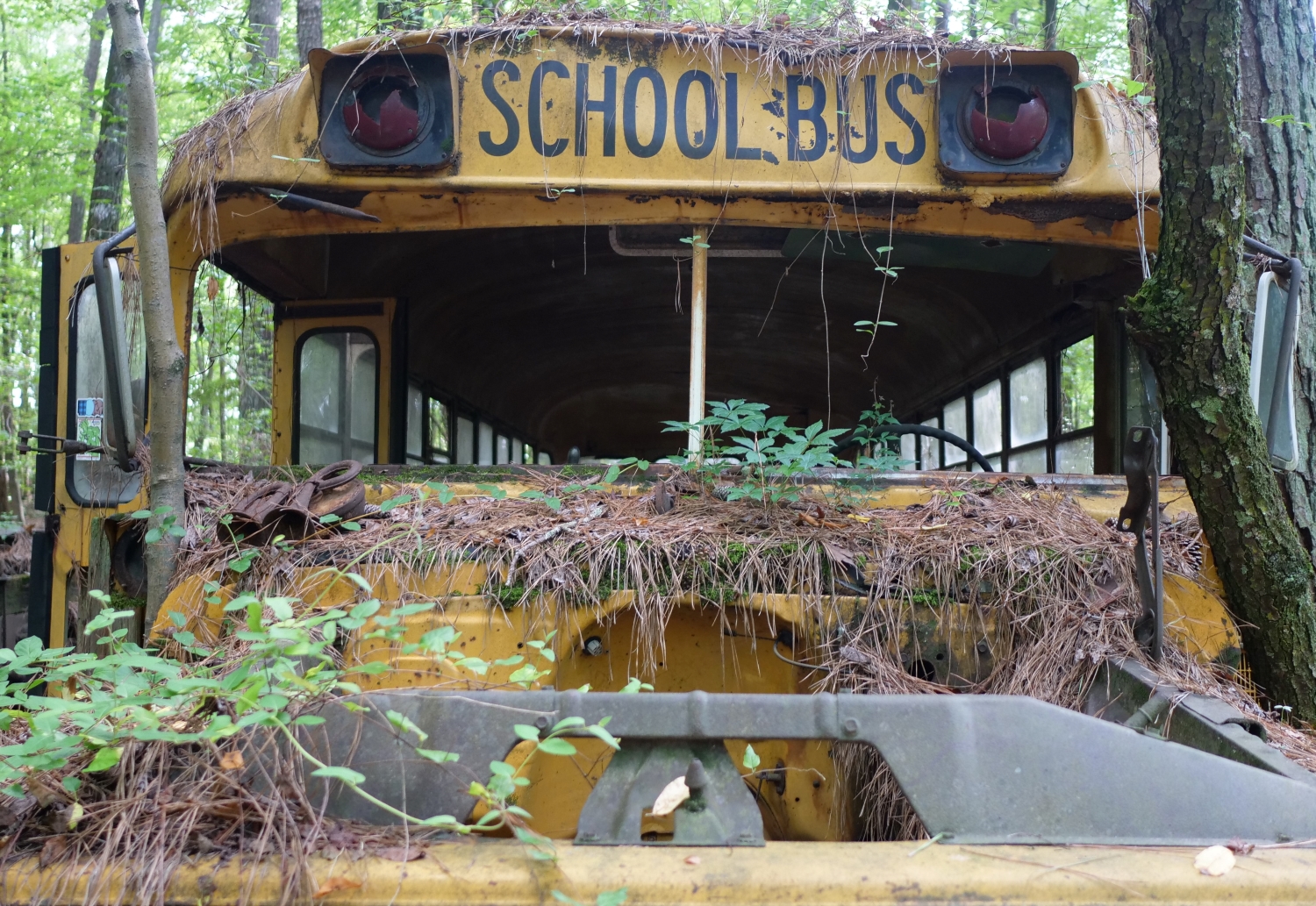Family secrets, especially very old ones, can prove very difficult to pry open, particularly if they contain elements of a socially or culturally shared sense of guilt, terror, or shame. If we look closely enough, personal narratives that unfurl from them have the DNA of society’s narratives and its disastrous hegemonies and ideologies. And if we’re lucky, the stories, too, of those who’ve survived them.
I began making Unloved: Huronia’s Forgotten Children after I received a phone call from my half-sister Adele. News headlines landed in December, 2013 about an historic class-action lawsuit settlement in Ontario. The suit was against the province for grave harm and all manner of abuse suffered by children deemed intellectually disabled who had been institutionalized. The so-called “hospital,” called the Huronia Regional Centre, was one of several massive, industrialized complexes housing nearly 2,000 or more children, youth, and folks living out their lives, and staffed by as many. It was the type of place so brilliantly analyzed by sociologist Erving Goffman as a “total institution,” where every aspect of life was rigidly, brutally controlled and surveilled.
The class-action suit represented survivors of Huronia from 1945 to 2009 (when it was shuttered), though the filings by the plaintiffs revealed that dehumanization had been ongoing throughout the 20th century. The lawsuit was brought by Huronia survivors who were sent away as children in the 1950s through to the ’70s, either because they were intellectually disabled or were labelled as such (sometimes on little or no evidence) by authorities. Often these kids were just poor and/or came from broken families and were sent away under enormous pressure from the medical establishment, or dumped in the institution by the Children’s Aid Society. (There’s a separate lawsuit that implicates the Society in similar matters).
What occasioned my sister’s phone call? Adele had two brothers, my half-siblings, from our father’s first marriage. These boys, Alfie and Louis, were sent to Orillia in the mid-1950s under cover of secrecy. They were toddlers. Did I know that Alfie had been there? Adele asked. I didn’t, not exactly; I knew he had lived and died in a hospital in Orillia, but I never connected that fact with this terrible place now in the news. Alfie died in 1973 at Huronia. I never knew him. His younger brother Louis, I’d later discover, was also sent away to live there, but that fact was a secret our father took to his death. Little Louis died shy of four years of age in the institution in 1957. Until I undertook to make Unloved, we didn’t realize his grave was a mystery, its place unknown and unmarked.
The quest to figure out what happened to Louis and where he was buried forms one of the driving narratives of a larger story that connects our family’s questions with the stories and memories of the institution’s survivors. Unloved looks at the broader socio-cultural context and set of ideologies that made such places of containment possible in the first place—ideologies specifically of “care,” “productivity,” and eugenics-inflected ableism, which brought into being the seeming “necessity” for institutionalization across the Western world throughout the 20th century. What was never countenanced were other models of living with and loving disabled children in communities.
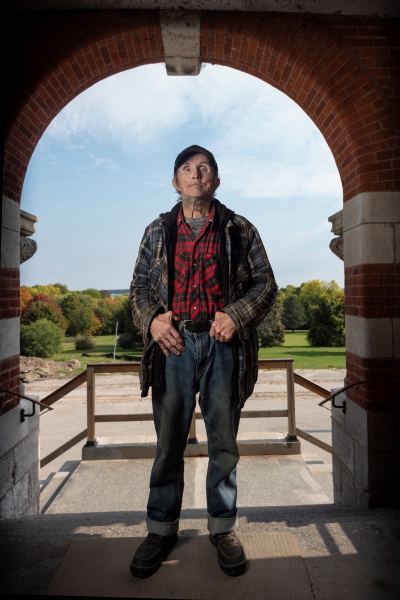
My decision to leverage this personal, family story and quest was cemented early on in the development of the project. I saw how it could be used as a step into wider sets of narratives that would be echoed by the experiences of survivors, former staff, and surviving family members, especially the key litigants in the class-action, Patricia Seth, Marie Slark, and their litigation guardians, Marilyn and Jim Dolmage. The time periods of my brothers’ incarceration—what else to call it?—and those of the survivors, or family members in the Dolmages’ case, were often the same.
The big thematic question for me was how we continue, even now, to dehumanize the most vulnerable in our care. This initial theme caught the attention of Jordana Ross at the Documentary Channel when we first began talking about the film, as we were both then seized with details about long-term care crises, neglect, and even outright murder (cf. the 2019 public inquiry into the murder of seniors by nurse and serial killer Elizabeth Wettlaufer). My intention with Unloved resides there: to portray a reality that can help us recognize how much dehumanization, othering, and warehousing of people continues to this very day.
The big challenge in making the film was balancing all of these narrative lines: the personal family story and the mystery at its heart; the chorus of survivors’ memories and stories; and the interrogation of the larger narrative of 20th century building of custodial warehouses obsessed with efficiency over dignity. It was a challenge made more pressing because documentary DNA is encoded with a certain duty of care around issues of representation and narrative safeguarding.
As documentarians, we rely on our participants for their stories, and once they’ve given consent, there’s an expectation that filmmakers will do them justice. This weighed heavily. Here was a group of eight survivors standing in for the thousands who filed claims in the class-action, who had never had their day in court. Initially, I was concerned that telling their story might be retraumatizing, but after witnessing them in multiple speaking engagements and participating in several researcher-led art, performance, and archive activities, I was confident that wouldn’t be the case.
I had to find a way to balance the personal with the collective, so that, together, the narratives could form a chorus, a lament to be sung by a group. Over the many years of alliance-building with survivors, I tried to be as transparent as possible about how their presence and voice would be used. I had to remind my family of this too. And even then, there is so much more that could not be told for time; the ongoing microaggressions survivors experienced throughout the class-action and claims settlement process; the corruption around which files got released and which destroyed (or disappeared by government); the wrongful deaths; the many awful things survivors saw and experienced; the exploitation of children and youth as unpaid labourers; the coverups of harms and murders; and the sheer indignity and risk of living in a hugely unsanitary, unsafe place.
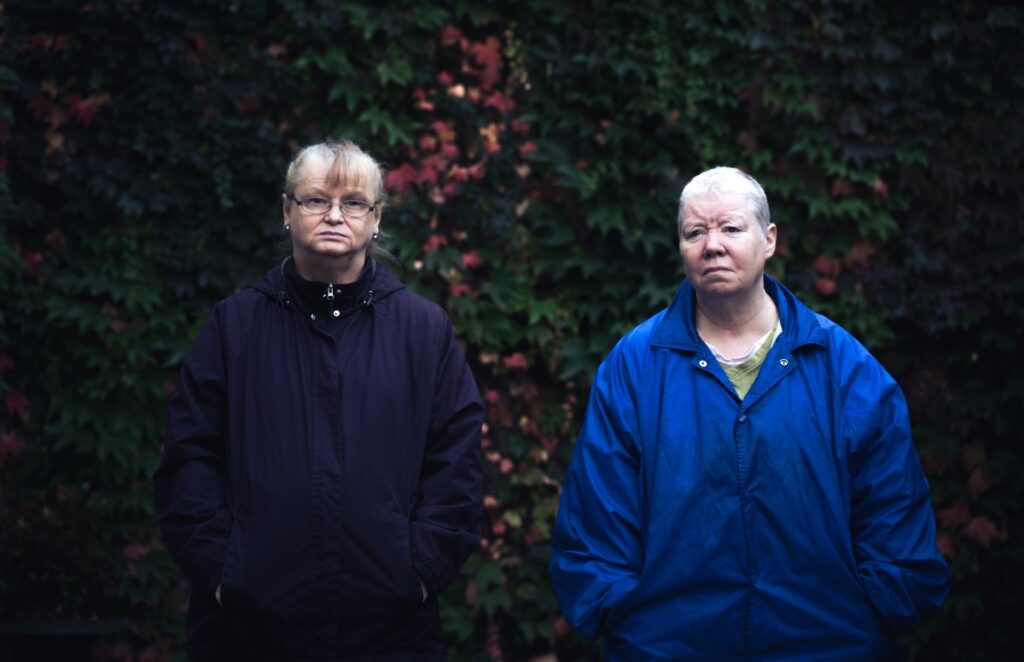
It involved balancing the very real concerns of the participants with whatever I imagined the potential viewers’ needs might be. For one, I didn’t want to string out a discourse of what is often referred to as “trauma porn.” It had to be redemptive somehow. I had to figure out how to lead with conversations that restore as much humanity to those who have suffered as possible.
There’s also the question of the limits of representation. Moving pictures can be inherently ableist. They rely on text or speaking subjects in some way, and non-verbal survivors are not represented. My brothers were non-verbal, so my family, especially their sister Adele, and I speak for them. And so, too, in a macabre way, do their medical records. As for the impact of the film’s reception on survivors, that’s something few of us can ever predict. I know they welcome any and all questions and are by no means done telling their stories.
Unloved is the product of trust and conversations built over years. The survivors and those who speak for them are resilient and brave, and I’m grateful they chose to share their stories with me. It guided my own thinking, and the film’s trajectory, about how vulnerable we still are, living in conditions structured by failures of love, compassion, and decency.
Unloved premiered at Hot Docs 2022, where it was a runner-up for the Rogers Audience Award for Canadian film. It screens at additional festivals including Lunenberg Doc Fest in September.




